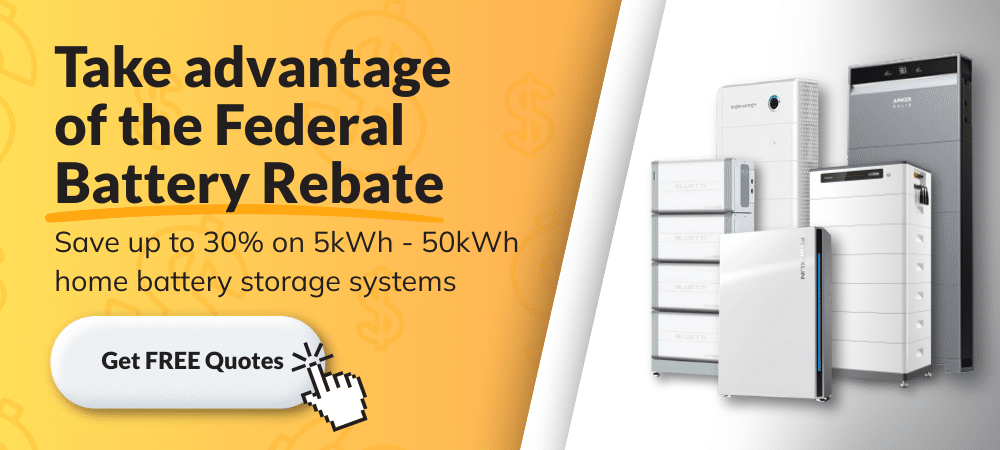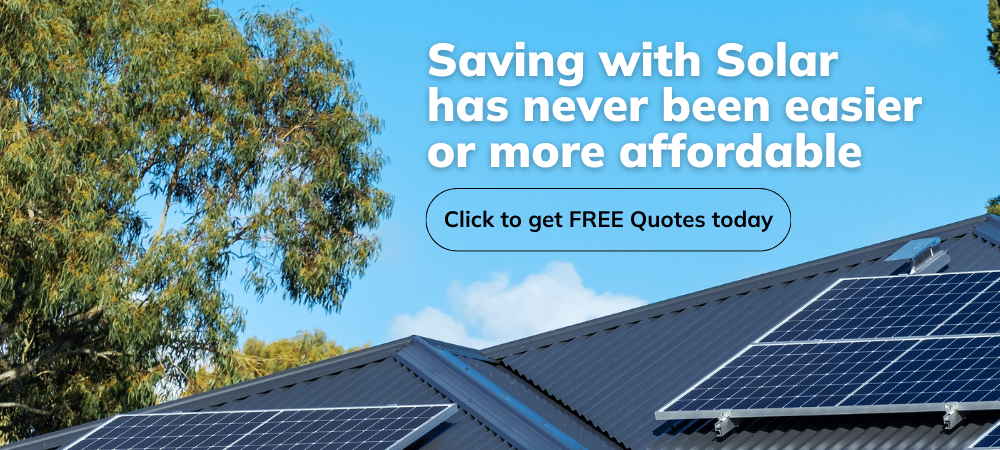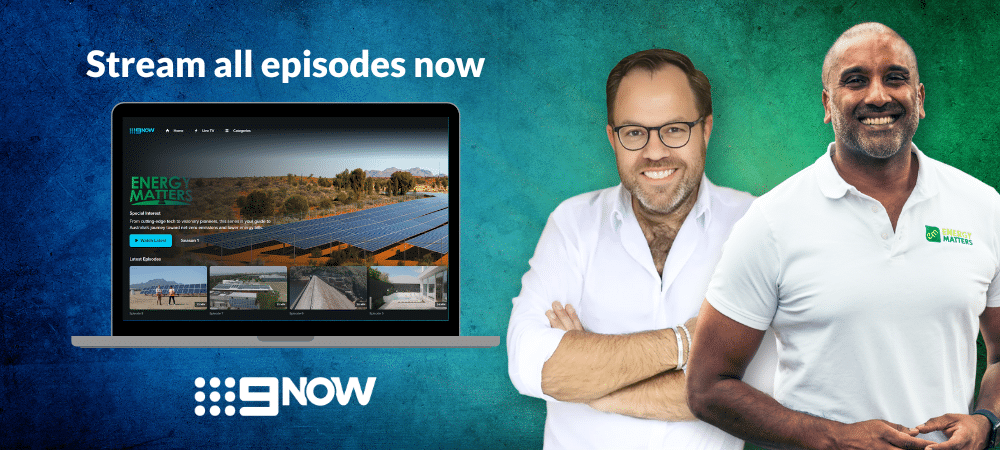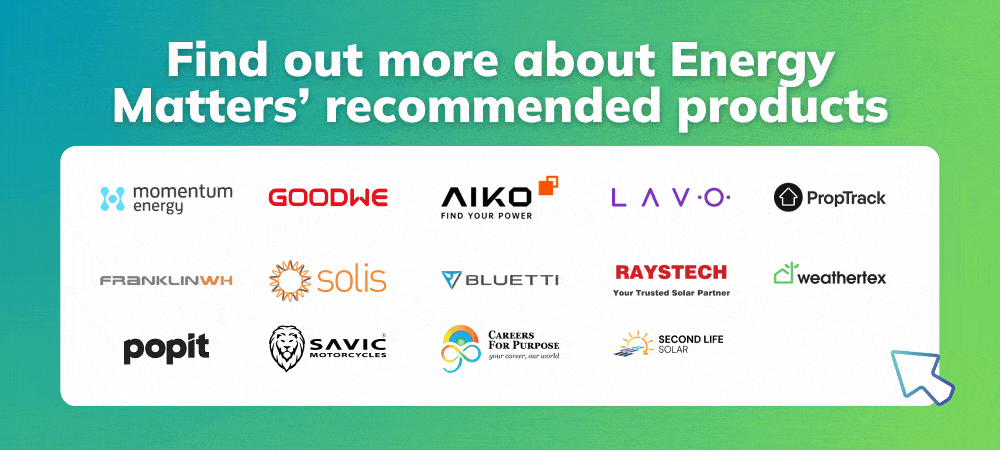On this page
The energy landscape in Australia is evolving rapidly, with cutting-edge technologies paving the way for a greener future. Among these innovations, bifacial solar panels are emerging as a game-changer, offering solar efficiency and versatility like never before.
Bifacial solar panels are an exciting new technology transforming how we think about solar energy. They are a revolutionary new way to capture and transform the sun’s energy into usable electricity. Whether you’re looking to maximise solar power output or explore the latest in high-yield solar technology, this guide covers everything you need to know about double-sided solar panels and their advantages.
Energy Matters is one of Australia’s most trusted solar quotes due to our high customer satisfaction and industry recommendations. Our team of solar experts can help you get up to 3 FREE solar quotes from pre-qualified and vetted solar firms in your area. Let Energy Matters help you embrace the future of renewable energy today.
What are bifacial solar panels?
All solar panels today have sheets of glass that protect solar cells, and they are usually found at the front of the solar panels. These panels are referred to as ‘monofacial’. Bifacial panels feature double glass – glass on the front and back, allowing them to capture sunlight from both sides. The light absorbed in the back is the light that is reflected from the ground where the solar panels are installed.
Bifacial solar panels, often called double-sided solar panels, are an advanced type of photovoltaic technology designed to capture sunlight on both sides of the panel. Unlike traditional solar panels, which only absorb light on the front, bifacial panels utilise reflected sunlight and ambient light from the rear. This dual-sided functionality boosts energy generation, making them an excellent choice for applications where maximum efficiency is desired.
This type of solar panel is gaining popularity, with the market at $9.57 billion in 2022 and is expected to reach $31.1 billion by 2031.
How do bifacial solar panels work?
Nearly all solar panels come with a reflective layer on the bottom, which allows light to bounce back, providing a second chance for light to be absorbed and generate energy.
The reflective layer of bifacial solar panels is removed to let the light from the back generate energy.
Albedo is the ground surface reflective under the solar panels, which is the sunlight ratio that will be reflected on the ground and then to the back of the bifacial modules. This is important when calculating energy yield and project profitability.
The unique design of bifacial solar panels involves transparent or semi-transparent back sheets and highly efficient solar cells. Light passes through or reflects off surfaces below the panel, enabling the rear side to generate additional electricity. This process, combined with high-yield solar technology, ensures that these panels deliver superior performance, even in low-light conditions.
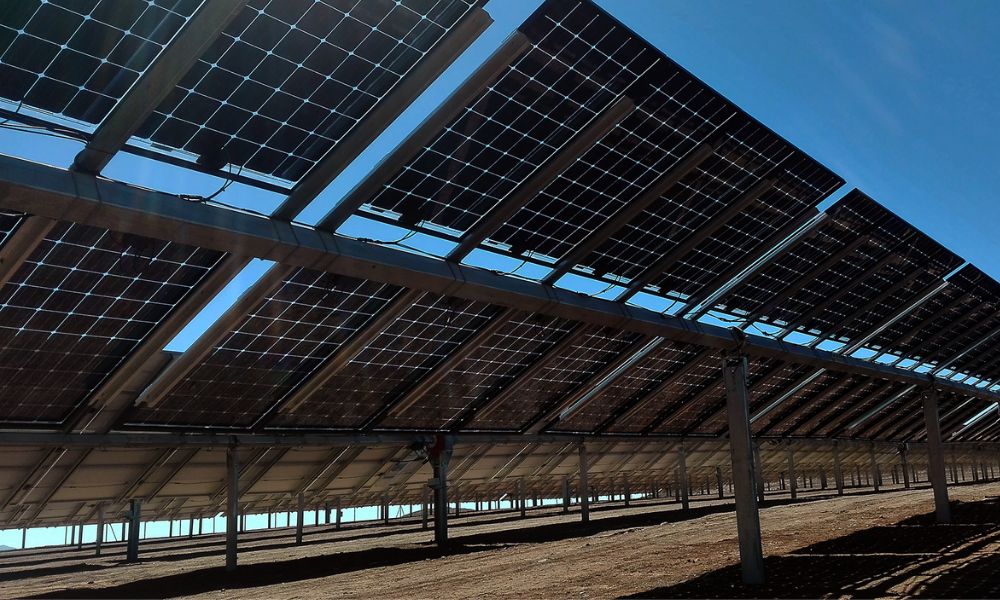
Applications of bifacial solar panels
Residential and commercial use
Bifacial solar panels are not only for commercial use but they are more prevalent, specifically in solar farms. The LONGi Hi-MO 7 solar panels are for commercial use and are bifacial.
Popularity for residential home use has increased substantially as technology has improved. Bifacial solar panels are fantastic for homes and businesses in low-sunlight regions.
Residential use
Installing bifacial solar panels can significantly benefit homeowners looking to reduce their carbon footprint and energy bills. Their high-yield solar technology ensures optimal performance in both urban and rural settings.
Commercial installations
Businesses that maximise rooftop space or ground-mounted systems can use bifacial panels to produce more energy. These panels are particularly effective for corporate offices, factories, and agricultural facilities.
Utility-scale projects
Large-scale solar farms in Australia increasingly adopt bifacial panels because they generate higher yields per square meter. This technology aligns well with the country’s renewable energy goals.
Understanding bifacial solar panel advantages
There are a number of advantages for bifacial solar panels:
- Increased efficiency by generating up to 30 per cent more energy
One of the primary advantages of bifacial solar panels is their ability to generate more electricity than traditional panels. Depending on installation and environmental factors, bifacial panels can produce up to 30% more energy thanks to their double-sided design.
- Longer lifespan: Lower Levelized Cost of Energy (LCOE)
While bifacial panels may have a higher upfront cost, their increased efficiency and longevity result in a lower levelized cost of electricity (LCOE). This makes them a financially savvy choice for long-term solar investments.
- More productive under bad weather conditions
Manufactured with robust materials, bifacial panels are highly durable and resistant to environmental stressors. They often feature tempered glass on both sides, enhancing their resilience against harsh weather conditions, including hail, strong winds, and high temperatures.
- More durable and resistant to UV and Potential Induced Degradation (PID)
While direct sunlight is ideal, bifacial panels excel in diverse conditions. They can effectively utilise diffused light, reflected light, and even sunlight that might miss the front surface due to shading or obstructions
- Improved ROI
The increased energy output translates to higher financial returns on investment. Homeowners and businesses can enjoy lower electricity bills, faster payback periods, and potentially even generate excess energy to sell back to the grid.
The disadvantages of bifacial solar panels
As with most things, bifacial panels come with some disadvantages:
- More expensive as they cost ten per cent more than other models because of the specific manufacturing process
- Can’t be applied everywhere
Bifacial solar panels vs. traditional systems
Property owners are becoming more curious about using bifacial solar panels today, and the question of if it’s better than the traditional systems continues to linger.
Compared to monofacial solar panels, bifacial panels are believed to generate more energy. This being said, the additional cost may be prohibitive to some.
Key considerations when choosing bifacial solar panels
1. Installation angle and height
To maximise the efficiency of bifacial panels, proper installation is crucial. Solar panels should be elevated and angled to capture reflected sunlight effectively. Ground-mounted systems with reflective surfaces are especially beneficial.
2. Reflectivity of the surface below
The performance of bifacial panels significantly depends on the albedo (reflectivity) of the ground or surface below them. White or light-coloured surfaces like concrete, sand, or snow can enhance energy generation.
3. Compatibility with mounting systems
Ensure that the mounting systems support the bifacial panels’ unique requirements. Transparent or elevated racks are preferred to facilitate sunlight capture on both sides.
4. Regulations and incentives
Staying informed about relevant Australian regulations, solar rebates, incentives, and feed-in tariffs is essential for maximising the benefits of bifacial solar technology.
Finding the right solar incentives and feed-in tariffs
Your location, system size, and property type will determine the specific incentives you qualify for. Check our pages for the most up-to-date information and applicable rebates.
- Home Rebates, Incentives & Subsidies In Australia
- Commercial Solar Rebates, Grants & Incentives
- Australian Solar Feed in Tariffs Information
- Best Feed-in Tariffs by State and Territory
5. Climate and weather
Australia’s diverse climate, abundant sunshine, and varying weather patterns present unique considerations. Choosing the right bifacial technology and optimising installation for specific climatic conditions is crucial.
6. Cost vs. ROI
Although bifacial panels have higher initial costs, the long-term benefits of increased energy output and durability often justify the investment. Calculate the potential return on investment based on your energy needs and available space.
7. Bifacial panels and inverters
Pairing bifacial panels with advanced solar inverters is essential for optimising energy production. Microinverters and string inverters with high-efficiency ratings are commonly used.
Bifacial panels produce more energy, but this doesn’t affect their capacity rating. This allows companies with only a limited amount of panel capacity to generate more energy.
Many question whether solar inverters used for bifacial panels can handle the extra power, but this will likely be fine with the 133% limit.
Embrace the energy efficiency revolution by upgrading your solar systems and adding a battery or solar inverters with Energy Matters. Energy Matters helps Australian home and business owners receive personalised solar quotes through our large network of high-quality solar installers.
With our 3 free solar quotes, you can compare plans from pre-qualified and vetted installers in your area and find the perfect solution for your home and business.
Maximising the potential of bifacial solar panels
One of the most important things to consider to get the most out of bifacial solar panels is their positioning. They work well when the panels are tilted for exposure underneath.
Dual-axis trackers may also promote flexibility and ensure that the panels will get the most sunlight during the day. This is especially important to consider for solar farms.
Microinverters can also be used with their module-level MPPT.
How to maintain bifacial solar panels
Regular cleaning
Dust, dirt, and debris can reduce the efficiency of bifacial panels. Regular cleaning ensures both panel sides remain unobstructed for maximum energy absorption.
Monitoring and maintenance
Investing in a reliable solar monitoring system helps track the performance of your bifacial panels, ensuring timely maintenance and optimal energy output.
Professional inspections
Periodic inspections by solar professionals can identify potential issues, such as microcracks or shading, and address them promptly.
Technologies in bifacial panels
As mentioned, bifacial panels are becoming more well-known; hence, the influx of new technologies will put this type of solar panel more accessible to every Aussie.
In 2021, scientists at The Australian National University (ANU) in Canberra developed a dual-sided silicon solar cell with a bifacial factor of 93.3 per cent.
New South Wales (NSW) has also tapped into the use of bifacial solar panels for two of its solar farms—Gunnedah Solar Farm and Suntop Solar Farm. 980,000 bifacial solar panels are used for farms to increase generation capacity.
Together, they can power 100,000 homes annually while eliminating 390,000 tonnes of carbon emissions.
In 2022, the Australian government also announced its investment of AUD 37 million to support the construction of the Blue Grass Solar Farm in Columboola in Queensland (QLD), which will include bifacial solar panels.
Are bifacial solar panels worth it in Australia?
Bifacial solar panels have emerged as a game-changing technology for the renewable energy industry. They offer the potential for higher energy yields than traditional monofacial solar panels and are more efficient than many other renewable energy sources. With their dual-sided design, they are also more aesthetically pleasing than monofacial solar panels and may be better suited for large-scale solar installations.
Energy Matters has been recognised for our continued excellence in the Australian solar industry. We provide our customers with high-quality resources, insight, and access to reputable solar quotes.
Complete our quick Solar Quote Quiz to receive up to 3 FREE solar quotes from trusted local installers – it’ll only take you a few minutes and is completely obligation-free.
Get a quick solar quote, or contact us today toll free on 1800 EMATTERS or email our friendly team for expert, obligation-free advice!
Other Energy Matters news services:








